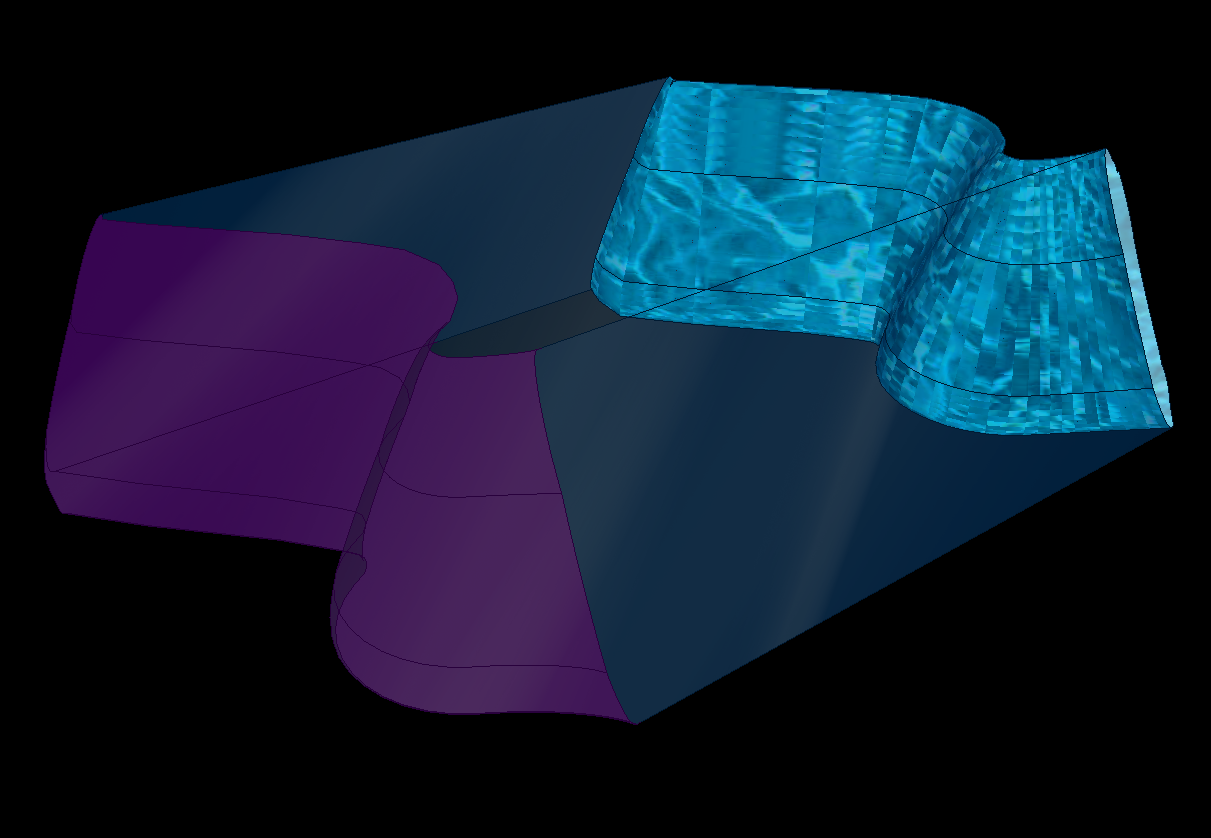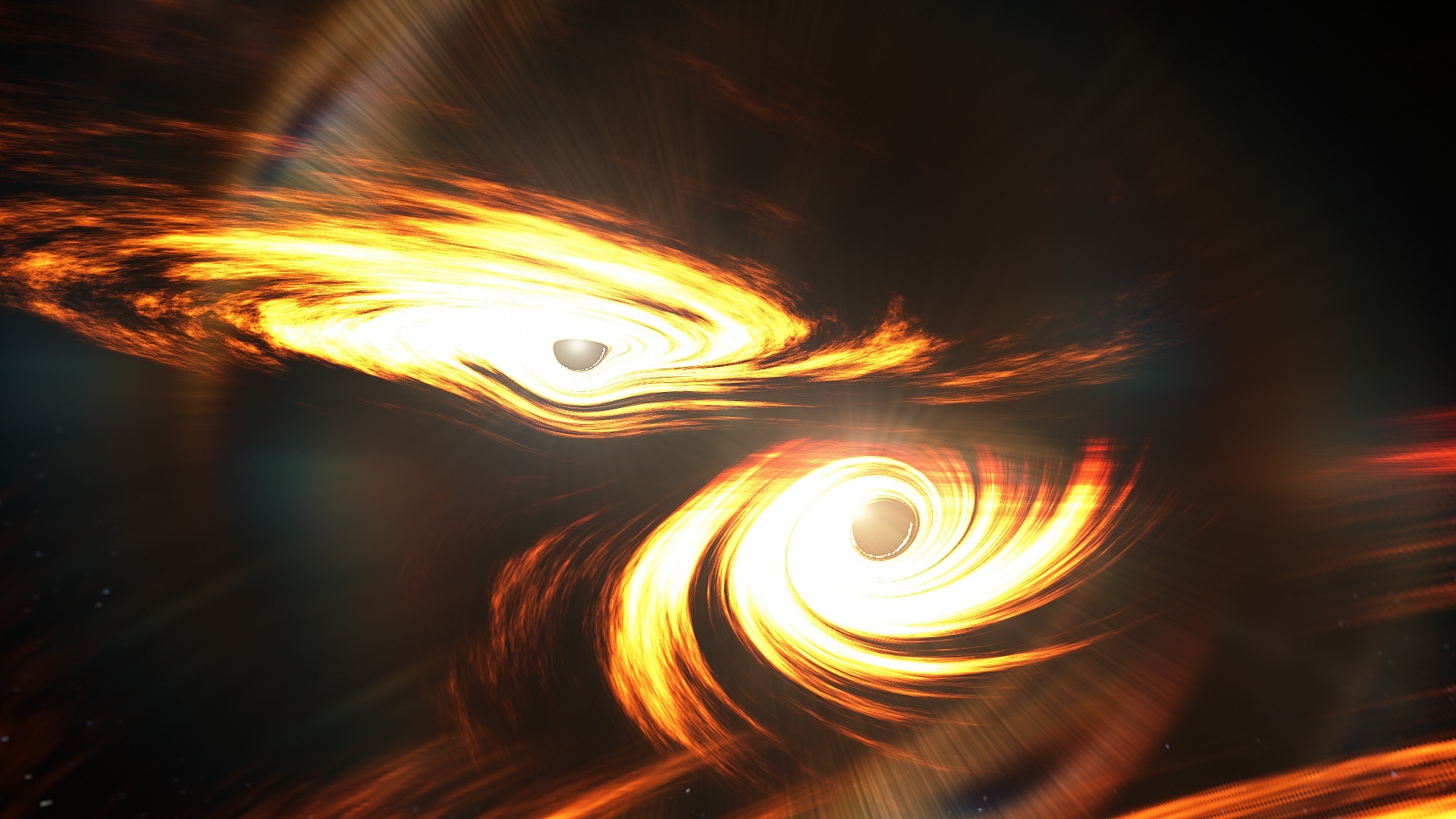Never tell a scientist it’s “just a theory”
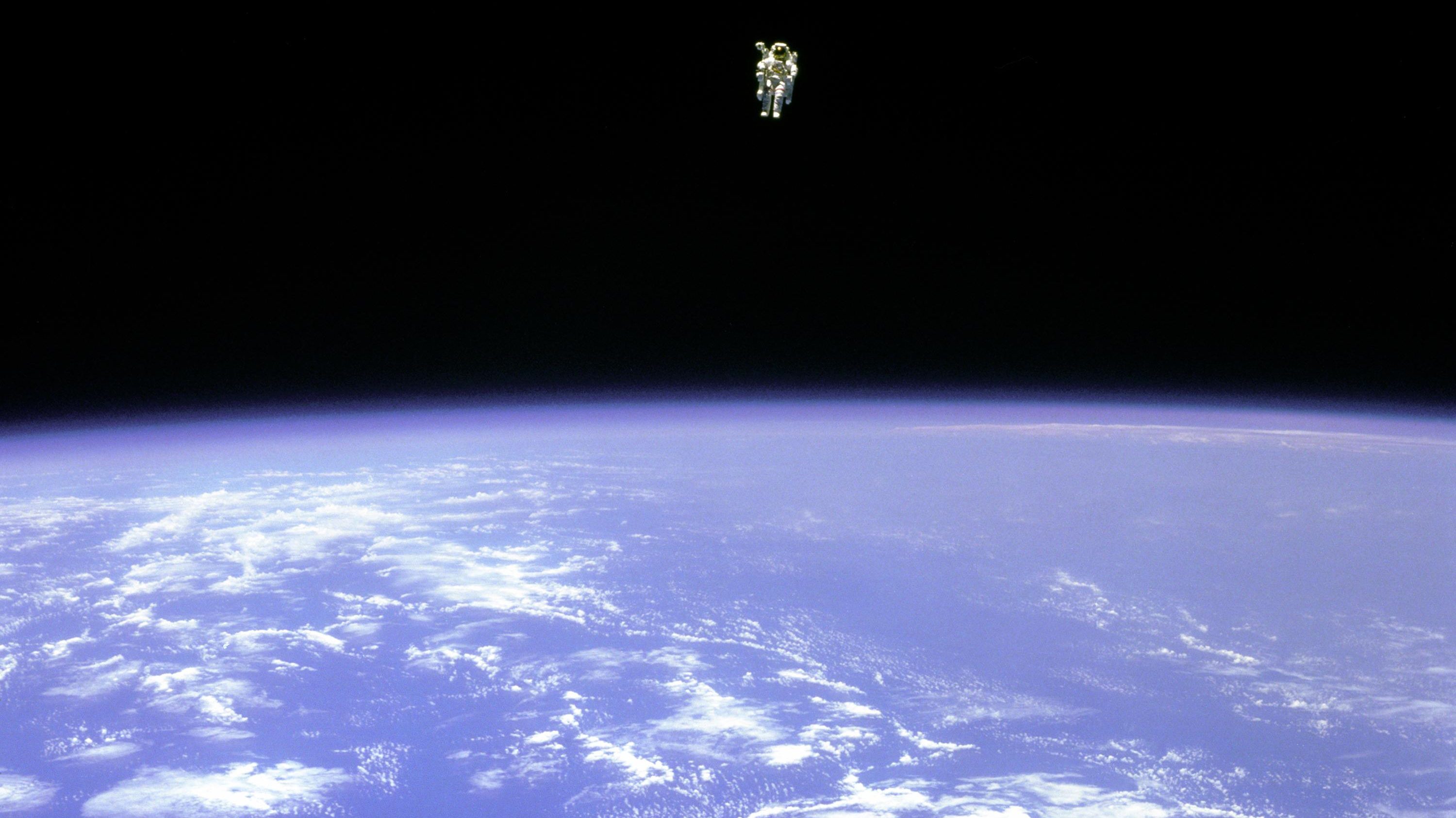
- In our everyday lives, a "theory" is just an idea, like a speculative hypothesis, that represents one possible explanation among a great many.
- But in science, a theory is the culmination of what can be achieved in terms of a robust, validated, successful scientific idea.
- When people claim that an idea in science is "just a theory," they fail to understand what it takes to make a scientific theory. Here's what everyone should know.
Whenever someone tells you that they “have a theory,” you’re probably a mix of curious and skeptical, and with good reason. Most often, you’re going to hear a wild tale that’s a mix of true and dubious facts, possible but suspicious links between them, guesses that range from informed hypotheses to extravagant speculations, and an important caveat at the end: that they have no proof of this, as it’s “only a theory.” In common, informal use, the word theory is tossed around as casually as words like:
- hypothesis,
- guess,
- hunch,
- idea,
- or gut feeling,
among others. In other words, when someone shares their pet theory with you in this regard, you might humor them by considering it, but you’d be well within the bounds of reasons to dismiss their “theory” without putting too much weight behind it.
But some people take this informal definition of theory — as a mere hypothesis, guess, or idea — and apply it to scientific matters as well. They’ll argue that Darwinian evolution, the Big Bang, gravitation, and quantum mechanics are just “theories” as well, and therefore shouldn’t be taken to be facts. Some will even point to now-discredited scientific ideas, like the theory of phlogiston or the Lamarckian theory of evolution, or very speculative ideas that have “theory” in the title, like Grand Unified Theory or String Theory, to argue that many of our best, currently-accepted theories will eventually turn out to be wrong.
But this is a fundamentally dishonest argument, as any scientist will be quick to realize. Here’s what everyone should know about what the word “theory” truly means: in science, mathematics, and beyond.

The colloquial use of “theory” is just an “idea”
In our everyday life, the word “theory” that we hear bandied about is simply the same as the word “idea.” We make no distinction between whether that idea is:
- a good one or a bad one,
- a valid one or an invalid one,
- or a scientific one or a non-scientific one,
among other possible categorizations of that notion. In our everyday life, we all have that friend, neighbor, or relative who has rather kooky ideas — something akin to “the Moon is a hologram” or “a secret race of lizard people is controlling the Earth” — and likely refers to their idea as a theory, just as surely as scientists refer to Einstein’s relativity as a theory.
But in this case, we’re only talking about an idea: the initial germ of a hypothesis. Hypotheses may yet grow into fully-fledged scientific theories, and indeed all scientific theories start off as mere hypotheses or ideas, but simply having an idea doesn’t mean you have a good idea, a valid idea, or even a scientific idea, much less a scientific theory. In order to go from an idea to a scientific theory, there are multiple ways the idea in question must be scrutinized.

Is the idea plausible? Based on what we already know, if this idea turned out to be correct, would it undermine or conflict with observations, measurement, and data that we already possess? If so, then the idea — at least, the idea as it currently stands — is not plausible.
Does the idea have explanatory power? Based on the idea you’re considering, are there phenomena, measurements, or observations that are presently not explained by what we know, that could be explained by this new idea? If not, then this idea has no hope of becoming a scientific theory, as “predictive power” is perhaps the key reason that scientific theories are formulated in the first place.
Is the idea testable? This is, in many regards, the big one: is there some definitive test that can be performed to test this new idea? Is there some way we can compare this idea to the currently favored, prevailing scientific theory it’s seeking to supplant or replace, where we can put these predictions side-by-side, where they’ll differ from one another, and where nature itself will be the arbiter? If not — if this idea is not scientifically testable — then there never was any scientific merit to it at all.
There are other facets to this idea that might appear nice on the surface — whether the idea is elegant, natural, simple, etc. — but it’s really only these three points of plausibility, explanatory power, and testability that make an idea scientific or not. Unless you can test and evaluate this idea based on the evidence you can gather, the measurements you can make, the experiments you can perform and the observations you can undertake, it is not a scientific idea.
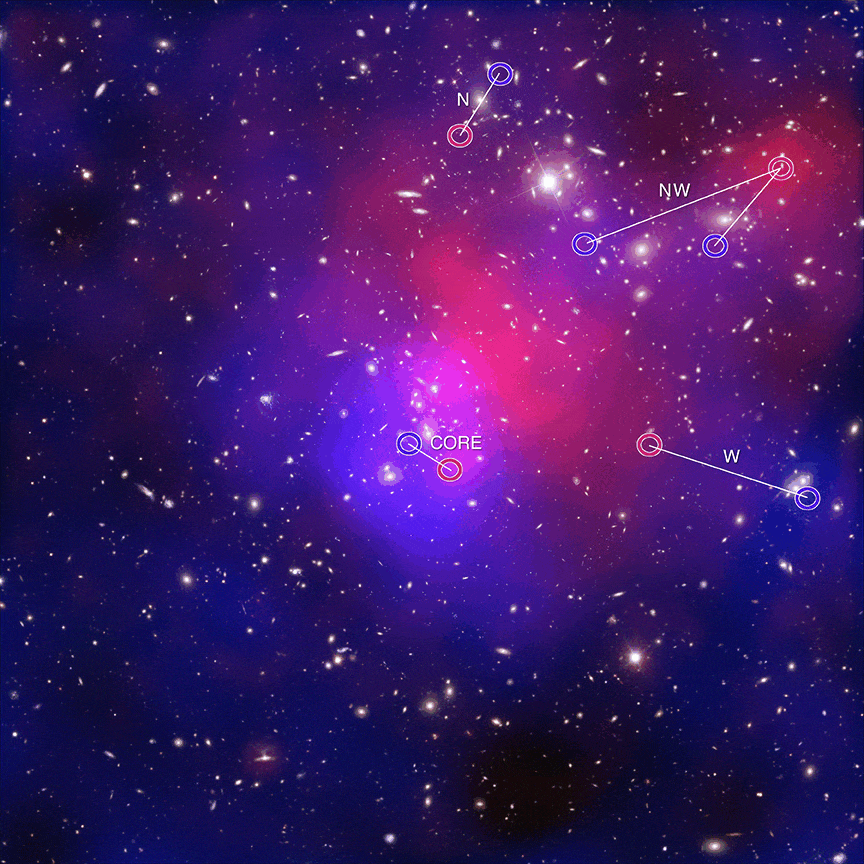
All scientific theories exist within a “framework” for exploration
There are a great many ideas that never make it to the “accepted, valid scientific theory” state, but that nevertheless wind up with the word “theory” attached to them. That’s because, well before something is sufficiently tested to know whether it’s valid or invalid, we have to tease out its consequences so that we know what to look for in terms of evaluating it. Science, after all, is both:
- a body of facts, including the full suite of all relevant data that’s ever been gathered about a particular topic,
- and the process of exploration, where we go down experimental and observational paths whose destination is uncertain, and where nature has ample opportunity to validate and confirm your ideas, to invalidate or refute your ideas, or to surprise you entirely.
That’s why it’s so important that we create frameworks where these various ideas can be tested up against one another, directly. Famous examples where we can do this include:
- the theory that the Earth is flat versus the theory that the Earth is spheroidal,
- the theory that our Solar System is geocentric versus the theory that it’s heliocentric,
- the theory that evolution is based on the use-and-disuse of traits (Lamarckian) or based on the combination of mutations/variations and natural selection (Darwinian),
- or the theory that the Universe exists in a steady, unchanging state versus the theory that the Universe began with a hot Big Bang and has been expanding, cooling, and evolving ever since.
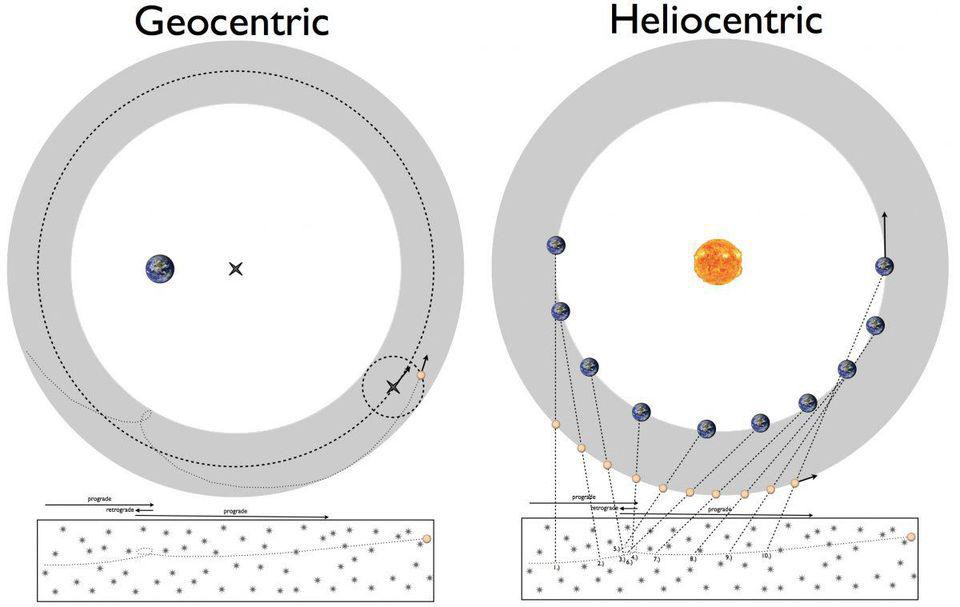
In order to work out the consequences of your initial idea or hypothesis, we need to create a framework for testing the idea/hypothesis against the alternatives. This must be based on observation, measurement, and/or experiment; it cannot be a purely intellectual exercise that occurs only in our imaginations, and that translation — from the sandbox of our minds to the hard reality of experiment and observation — is why a testable framework is so important.
Today, the key observations supporting a spheroidal Earth, a heliocentric Solar System, a Darwinian perspective on evolution, and a cosmological hot Big Bang are overwhelming, and that’s why those theories have stood the test of time and remain accepted today, whereas the alternative proposals have fallen away into the trashcan of science history.
However, it’s important to remember that new theories — and in some cases, modified and resurrected variants of old theories — continuously arise in the scientific literature. The theory that there’s a massive “Planet Nine” out there beyond Neptune, distinct from the more typical, puny bodies in the Kuiper belt or Oort cloud, remains an active area of interest, but until the key evidence supporting its existence arrives (it has yet to do so), this will remain a speculative hypothesis, rather than an accepted scientific theory.

Only validated models that accurately describe reality better than the alternatives become full-fledged, validated scientific theories
This is what happens to the absolute “best of the best” of ideas in science: they become accepted scientific theories. Einstein’s general theory of relativity is one such example, as is the quantum theory of particles and fields in the Standard Model. This happened in biology for theory of Darwinian evolution, in medicine for the germ theory of disease, in chemistry for the theory of atoms, and in many other arenas: where one idea made successful predictions that were borne out and validated by observation and experiment — by a huge suite of robust scientific data — whereas their alternatives failed in one or more ways.
This only occurs when you have an initial idea that was plausible, with explanatory and predictive power, and that has unique features that differentiate it from other, alternative, rival ideas. This furthermore only occurs when the idea was formulated under a framework that allowed observable, measurable, quantitative consequences to be derived from that idea, and when those consequences and predictions were then put to the critical test in every way possible, and passed those tests every time and in every way. When we talk about our accepted scientific theories of the day, this is where they all live.

There are a great many people — scientists chief among them — who are eager to challenge these accepted theories, also known as the “consensus position” in science. There are even a great many scientists who very, very strongly believe that the consensus position will not hold for long, and that a new, superior theory will come along that overturns that accepted theory. Some of them even think that their pet ideas or hypotheses will be the one to do it.
But there’s a 3-step formula that every successful scientific revolution has followed, and whatever scientific revolution you’re attempting to instigate must follow as well. That formula is:
- Step 1: Your new theory must reproduce all the successes of the leading theory. Whatever the currently accepted theory successfully predicts, describes, and explains, your new theory must successfully predict, describe, and explain as well.
- Step 2: Your new theory must succeed where the prior theory does not. Every theory has what can be thought of as a “range of validity,” where within that range, its predictions agree with reality, but outside of that range, either its predictions are invalid, untested, or flat-out disagree with what we observe. In addition to succeeding wherever the prior theory was successful, your attempt at a revolutionary theory must succeed here, too.
- Step 3: Your new theory must make new, testable predictions that differ from those of the original theory. Not only must you explain everything the old theory could plus aspects of reality that the old theory couldn’t, but you must then show where new, yet-unmeasured predictions of your new theory and the old one differ, and then go out and measure the critical phenomena.

Einstein’s General Relativity only supplanted Newtonian gravity because it reproduced all of Newton’s successes, explained the advance of Mercury’s orbit in a way that Newton’s theory couldn’t, and then went beyond: predicting the deflection of starlight near the Sun during a total solar eclipse, which was only validated years later. Darwinian evolution by natural selection explains a great deal of what we observe, but the mechanism of inheritance — genetics, which itself was a foundational building block that led to the discovery of DNA and RNA — would go far beyond anything Darwin could have anticipated.
Nearly all of the novel ideas you hear about in science news will never even make it to “step 1” of this three-step formula; that’s how robust and well-established our current scientific ideas are across most fields.
When someone says, “It’s just a theory” about one of the well-established scientific theories that fall into this category, and yes, this category includes the science of human-caused climate change and global warming, remind them of the important difference between an unsubstantiated idea, guess, or hypothesis and a robust scientific theory. Although nearly all of our theories are almost certainly not the final, ultimate answer, they are the best, most successful way we have to make sense of the Universe we inhabit. Equating those successes with someone’s uneducated guess is an insult to the very enterprise of human civilization.
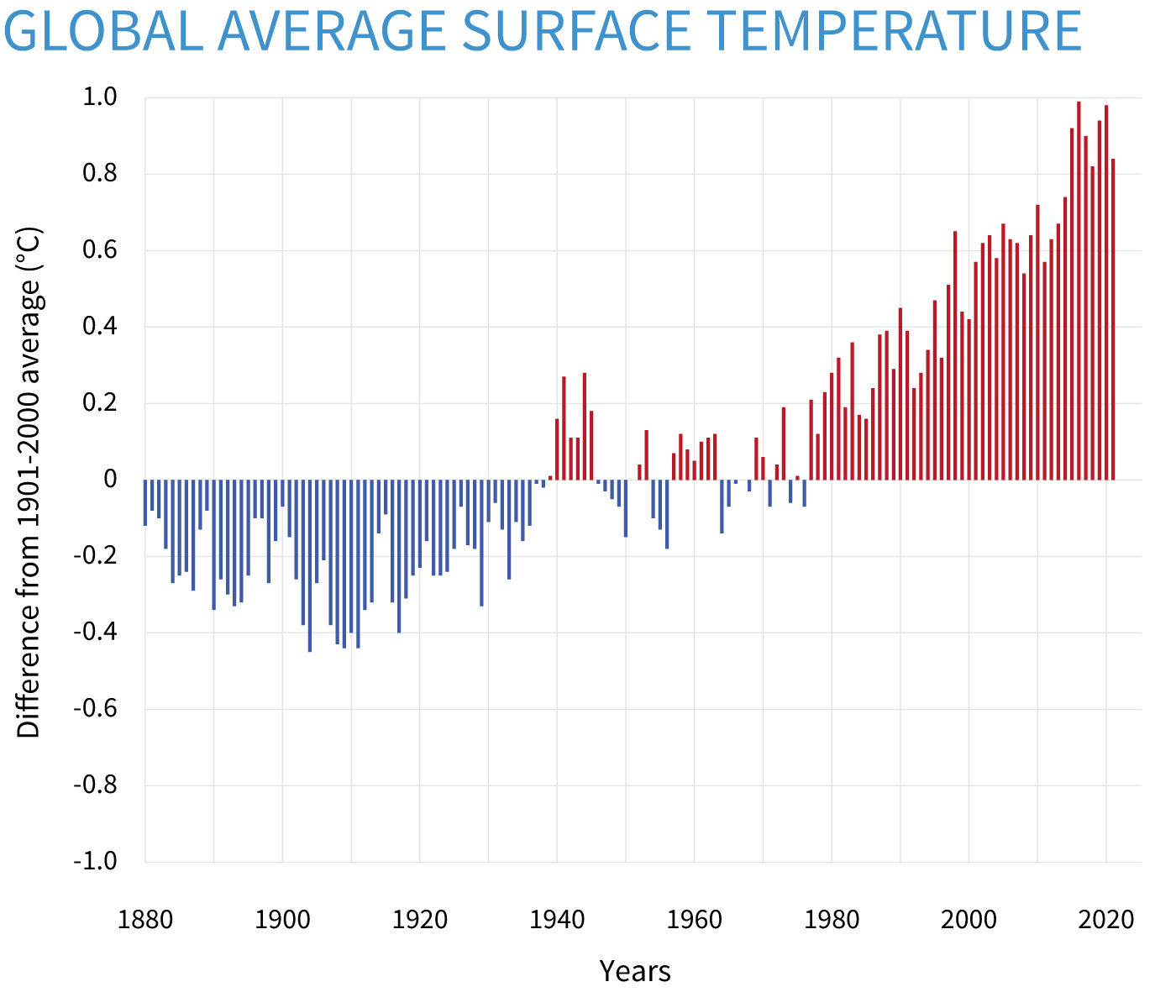
But what about “String Theory” and other “theories” like that?
Sometimes, people will bring up examples of theories that scientists study, but that are still only speculative as far as the evidence is concerned, in an attempt to undermine the successes of established scientific theory. What about:
- string theory,
- grand unified theory,
- the theory of extra dimensions,
or some other idea or hypothesis that has the word “theory” in its name, but that doesn’t rise to the same standards of evidence as our established scientific theories?
There are good reasons for that type of name, however, and they come from mathematics. In mathematics, a theory occurs where you start with a set of axioms — mathematical rules for your system — and those axioms provide you with a framework to derive the properties of any element within that system. Mathematical theories are often the foundational starting point for what become physical theories, and the sandbox of ideas that theoretical physicists most frequently play in is usually based on mathematical extensions to our presently known, accepted physical theories.
This important difference explains why, although both string theory and quantum field theory have “theory” in their name, only quantum field theory is established, validated science.
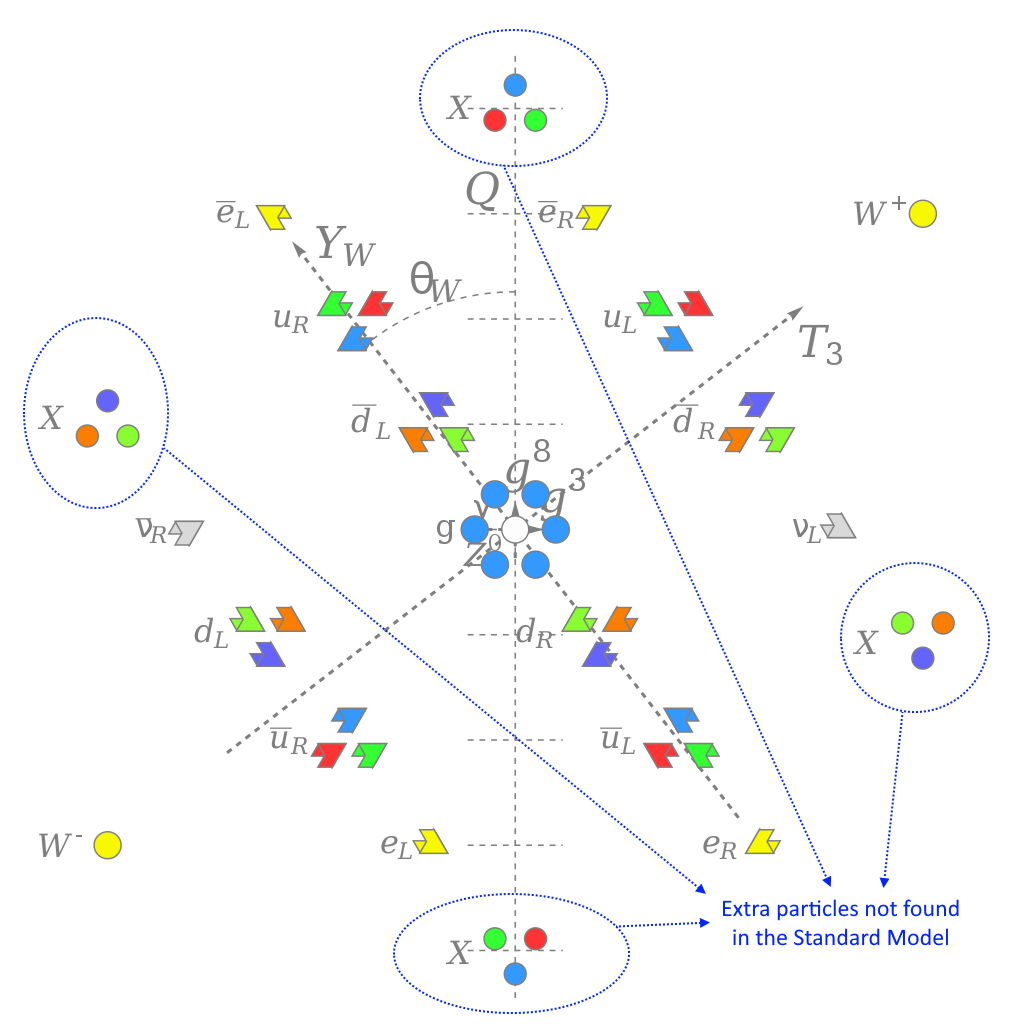
Unless your theory has that predictive, explanatory power that has proven itself successful time and time again, over a wide variety of physical tests, there’s a very good chance that the “theory” you’re talking about isn’t a bona fide, accepted, valid scientific theory. String theory is a theory in the mathematical sense, but until its predictions become testable and are validated by those tests, it cannot be taken to be a definitive description of reality. Same for grand unified theories, theories of extra dimensions, the theory of supersymmetry, and many others. They may yet turn out to be true, but science demands that the evidence supports their validity before we can accept any of them.
So yes, your Uncle Randy’s theory about the lizard people, your brother-in-law Fred’s theory about the Loch Ness monster, and Albert Einstein’s general theory of relativity can all be called theories in our everyday language, but only one of them is an accepted theory in the scientific sense. Randy and Fred have theories that are merely speculative and unsubstantiated ideas, where as Albert’s theory represents the pinnacle of modern scientific knowledge. The next time someone tells you that his idea is “just a theory,” you’ll be able to appreciate precisely how powerful, and important, being a scientific theory truly is!
